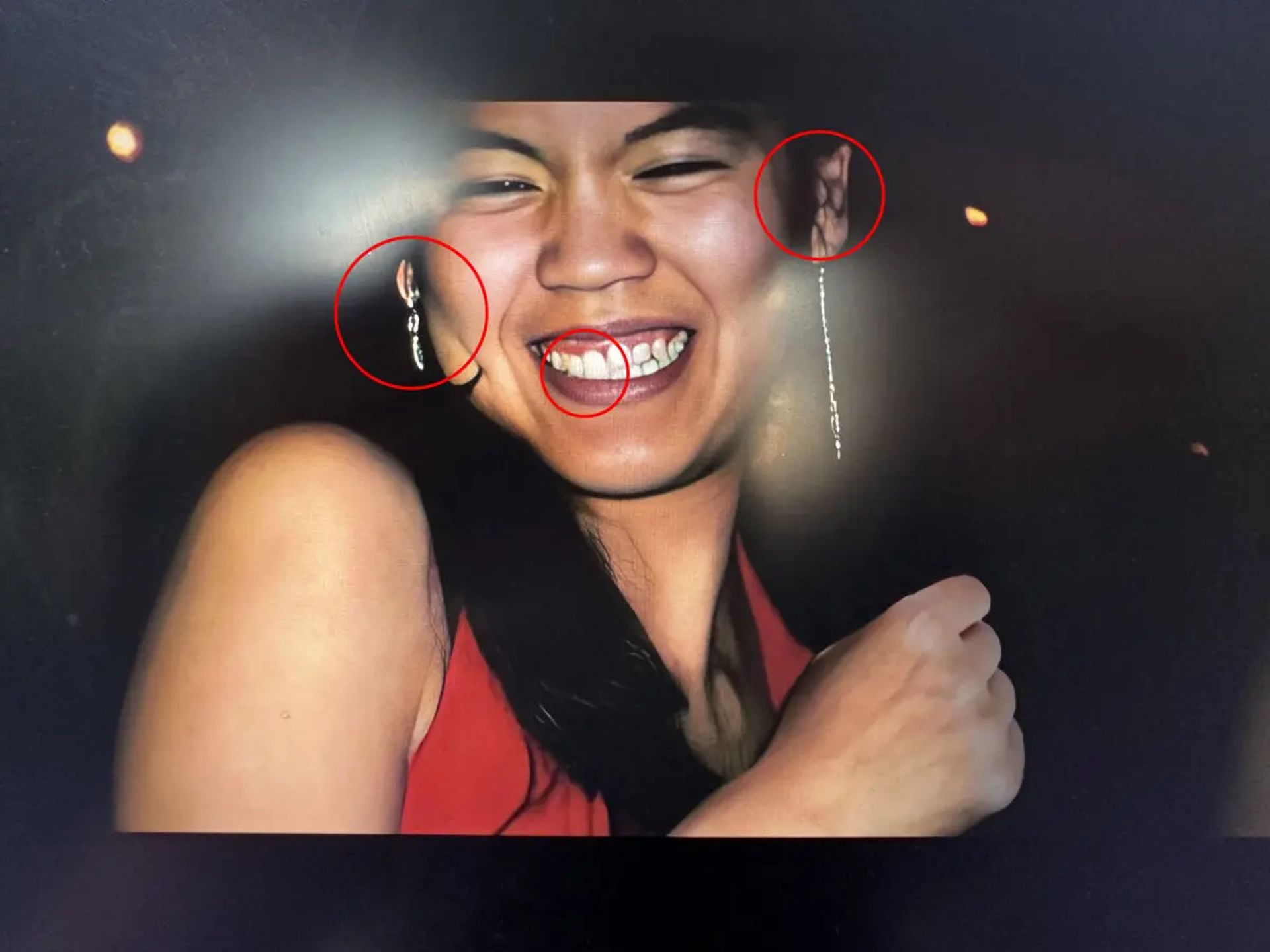Even Netflix uses AI-generated content!

Netflix recently caused a stir by incorporating seemingly AI-generated images in a documentary centered around Jennifer Pan, a key figure in a notorious murder-for-hire case that unfolded in Canada in 2010.
Futurism was first to uncover this development and according to the report, Netflix utilized these images purportedly to convey Pan’s personality traits, as described by a former high school friend named Nam Nguyen. The documentary, titled “What Jennifer Did,” features these images around the 28-minute mark.
However, viewers quickly noticed that these images bore all the hallmarks of being AI-generated, exhibiting peculiarities such as distorted hands and facial features, as well as unusual background elements. Among the noticeable anomalies were elongated front teeth and misshapen objects, suggesting that they were not genuine photographs but rather products of artificial intelligence.
 Screenshot taken by Futurism
Screenshot taken by Futurism
These images were supposed to show her personality as described by a friend, but they look weird, with strange features like twisted hands and odd facial traits.
 Screenshot taken by Futurism
Screenshot taken by Futurism
Using this kind of tech to depict a real person in a true-crime show is surprising. While we’ve seen fake stuff made by AI in shows before, using it to create images of a real person is worrying. It’s not just making up a story for fun; it’s messing with the truth of a real event.
AI-generated content poses significant risks and challenges. One of the foremost risks is the erosion of trust and authenticity in media representation. As demonstrated by the Netflix documentary incident, the use of AI-generated images blurs the line between fact and fiction, undermining the credibility of storytelling and factual reporting. Viewers may question the integrity of content and struggle to discern between genuine and manipulated portrayals, leading to a loss of confidence in media platforms.
The proliferation of AI-generated content exacerbates issues of misinformation and disinformation. In an era where fake news and digital manipulation are rampant, the ease with which AI can generate convincing images and videos threatens to further deceive and manipulate audiences. Malicious actors could exploit this technology to disseminate false narratives, sow discord, or even incite violence.
The use of AI to create lifelike images or videos of individuals without their knowledge or consent raises profound questions about consent, autonomy, and digital rights. Without robust safeguards and regulations in place, individuals may find themselves unwittingly represented or manipulated in ways that violate their privacy and dignity.
Featured image credit: Venti Views/Unsplash
